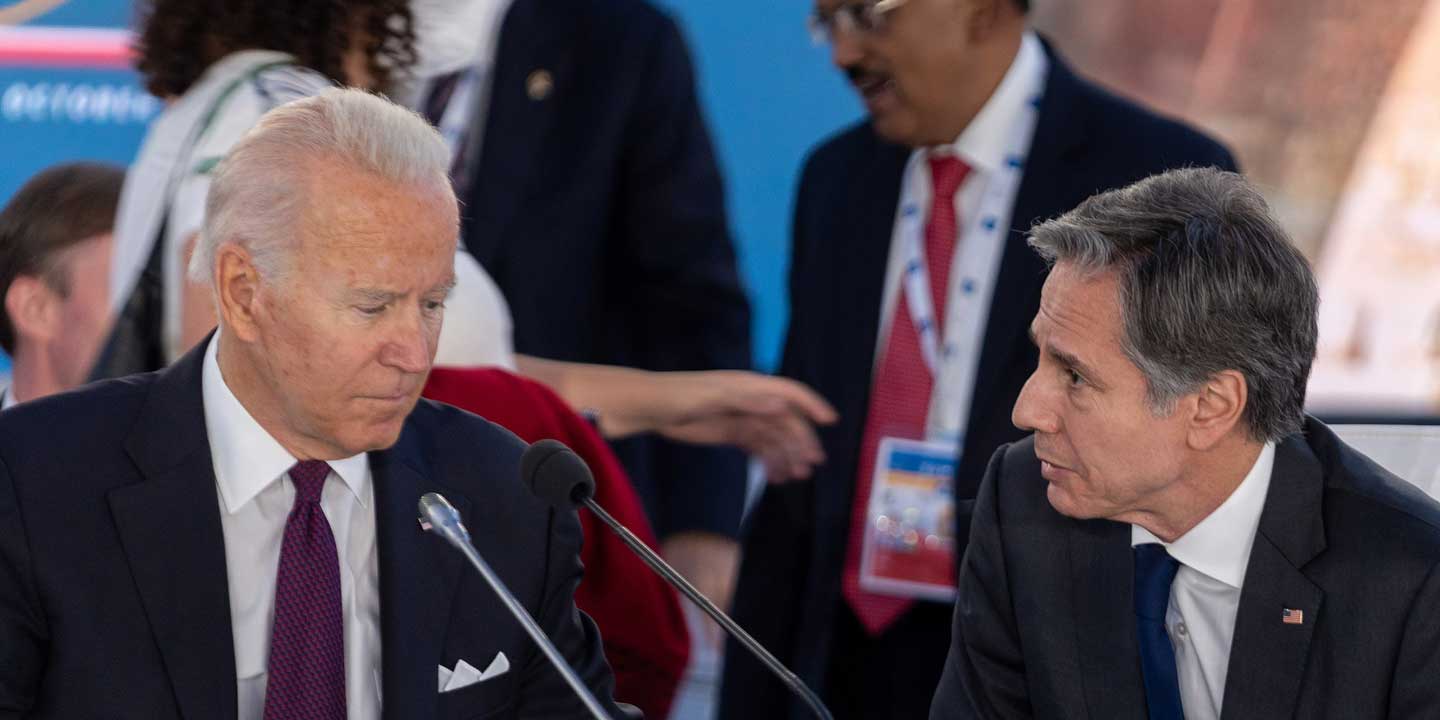
Tracking Biden’s Team and Asia Strategy: Personnel is Policy


In Washington, it is often said that personnel is policy. As U.S. President Joe Biden’s administration continues to staff up in the coming weeks and months, this process will tell us much about who will lead key portfolios in the administration’s Asia approach and how it plans to approach the region more generally.
BGA is closely monitoring the staffing of key positions in the Biden administration as this takes shape over the next few months. This includes not just Biden’s initial Cabinet nominees – such as Secretary of State Antony Blinken who emphasized Asia’s centrality in his confirmation hearings and U.S. Trade Representative nominee Katherine Tai who is a strong advocate of confronting China’s trade practices – but the hundreds of expected subsequent appointments at the under secretary, assistant secretary and deputy assistant secretary levels currently held by holdovers from the previous administration or by acting officials.
As part of our continued commitment to this, BGA has developed an interactive document (included in this post) outlining which Cabinet and sub-Cabinet officials to date we believe will be key drivers of Asia policy in the new administration. This captures a snapshot of the status of the Cabinet thus far and the background of high-ranking officials who will play a vital role in steering their departments as part of the new administration’s approach to Asia.
BGA will continue to monitor key staffing changes and will inform our clients of relevant updates and engagement opportunities. These include broader personnel shifts important in assessing more granular aspects of continuity and change in Asia policy as well as the evolving shape of individual teams, be it the National Security Council which has the largest Indo-Pacific team to date or the Pentagon which is expected to be a hub for U.S. thinking about competition with China.




















